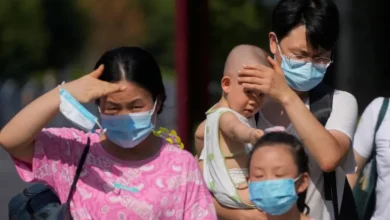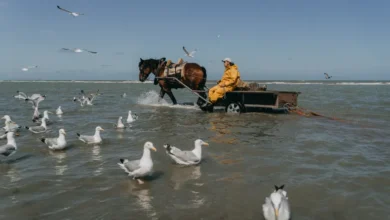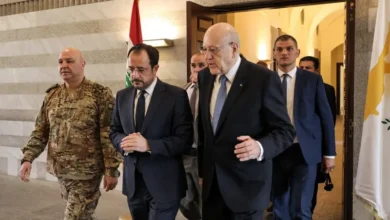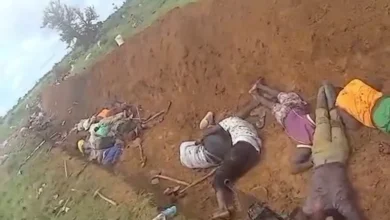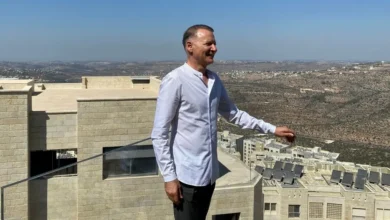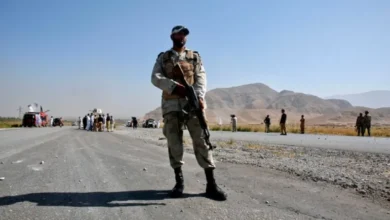Which are the armed groups Iran and Pakistan have bombed — and why?
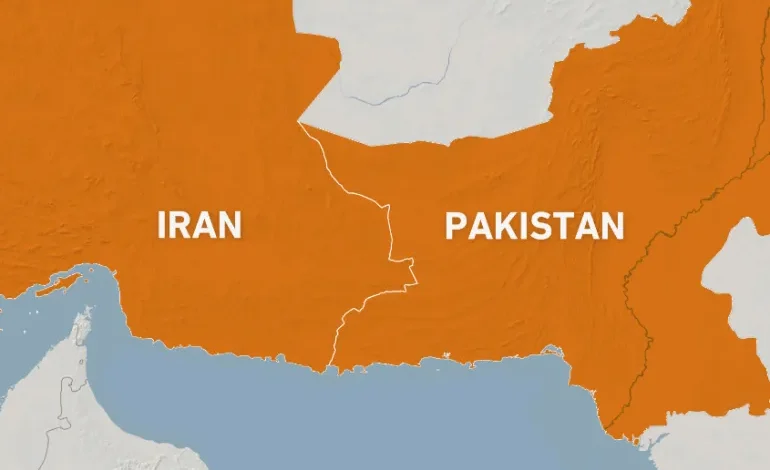
Iran and Pakistan have carried out air attacks on each other’s territories, targeting armed groups near their 900km-long (559-mile) volatile border, which they say were meant to ensure their respective national security.
Iran’s powerful Islamic Revolutionary Guard Corps (IRGC) targeted an armed group in Panjgur town of Pakistan’s Balochistan province late on Tuesday, prompting Pakistan to bomb hideouts of armed groups in the Sistan-Baluchestan province of Iran early on Thursday.
What has happened so far?
The IRGC, an elite force which is a vital part of the Iranian establishment but separate from Iran’s army, hit the Jaish al-Adl armed group with missile and drone strikes in a mountainous region in Pakistan close to the Iranian border.
Iran said it targeted the Iranian “terrorist” group it blamed for recent attacks in the Iranian city of Rask in the southeastern province of Sistan-Baluchestan.
“The group has taken shelter in some parts of Pakistan’s Balochistan province. We’ve talked with Pakistani officials several times on this matter,” Iran’s Foreign Minister Hossein Amirabdollahian said on Tuesday from the Swiss city of Davos.
Videos from the scene showed what appeared to be a precision strike on a building, and Iranian media celebrated the destruction of a “terrorist” site. The Pakistani government said two children were killed in the attack, believed to be the first such attack by Iran on Pakistani soil.
Pakistan launched several air attacks using drones and rockets on a border village in Saravan town, about 1,800km (1,100 miles) from the Iranian capital, Tehran, saying it hit Baloch “notorious terrorist” separatists. Tehran said nine people, including seven women and children, were killed in the attacks.
Both countries’ foreign ministries released statements to say they respected the other’s territorial integrity but took measures to safeguard their national security.
The Iranian attack came hours after Iran and Pakistan held a joint naval exercise, and the two countries’ foreign ministers spoke in Davos on the sidelines of the World Economic Forum. Both summoned their respective envoys, but there has been no talk of cutting diplomatic relations.
Who are the ‘terrorists’ targeted?
Iran’s target inside Pakistan was the ethnic Baloch and Sunni group known as Jaish al-Adl, meaning Army of Justice, which surfaced around 2012.
It purports to fight for better living conditions in the southeastern Sistan-Baluchestan province, which is Iran’s most impoverished and the longstanding scene of border tensions.
Tehran considers it a “terrorist” group due to numerous deadly assaults on Iranian outposts and security forces near the border over more than a decade. Officials call it Jaish al-Zulm – the Army of Injustice.
The group was born out of Jundallah, another Iranian Baloch group, which Tehran accused of having direct links with the United States and Israel. It was responsible for a string of deadly attacks, including one in 2009 which killed dozens, including senior IRGC officials.
The leader of Jundallah, Abdolmalek Rigi, was captured in a dramatic operation by the Iranian army, with fighter jets forcing the landing of a passenger aircraft taking him from the United Arab Emirates to Kyrgyzstan in 2010. He was executed in Tehran the same year.
Pakistan, for its part, said its targets were the Balochistan Liberation Front (BLF) and Balochistan Liberation Army (BLA), armed separatist groups which have launched numerous attacks inside Pakistan.
The BLF claimed in a statement on Thursday that none of its fighters – known as Sarmachar – were killed, dismissing as fake an earlier statement that had quoted one of its members as confirming air strikes had hit BLF positions inside Iran.
The latest cross-border strikes come against a backdrop of months of border attacks, with the latest attack by Jaish al-Adl on an Iranian border outpost launched from inside Pakistan in December killing 11 police officers.
